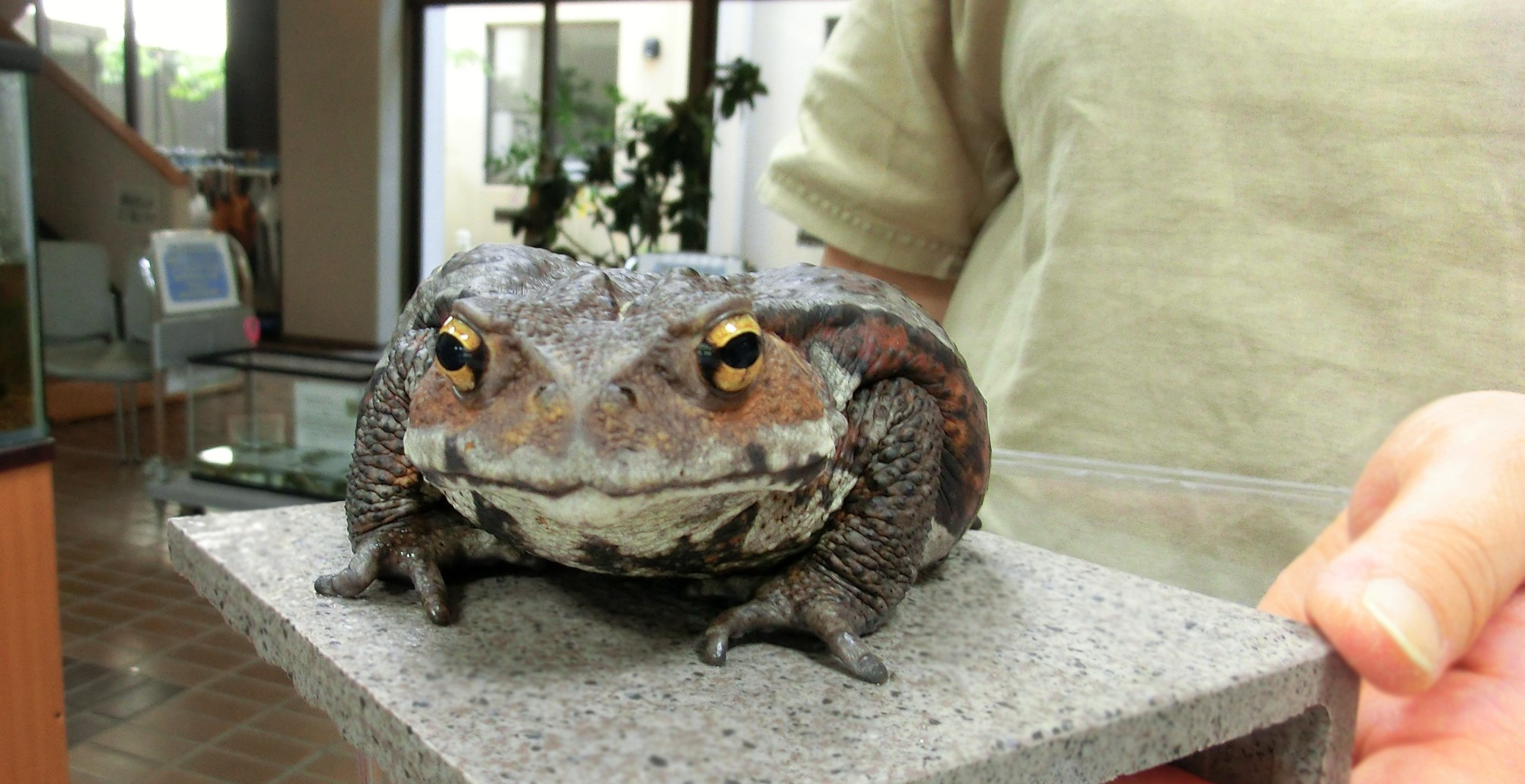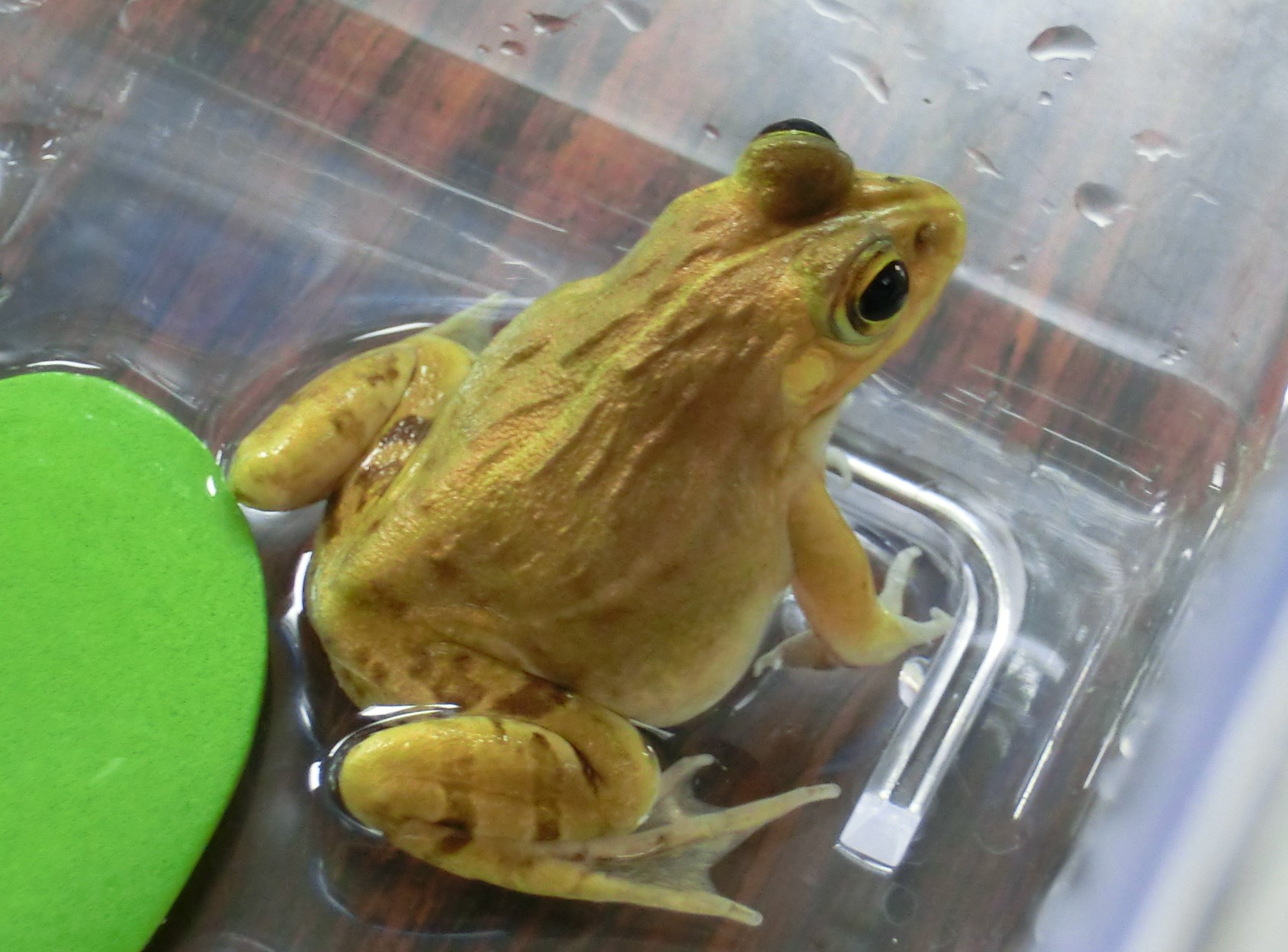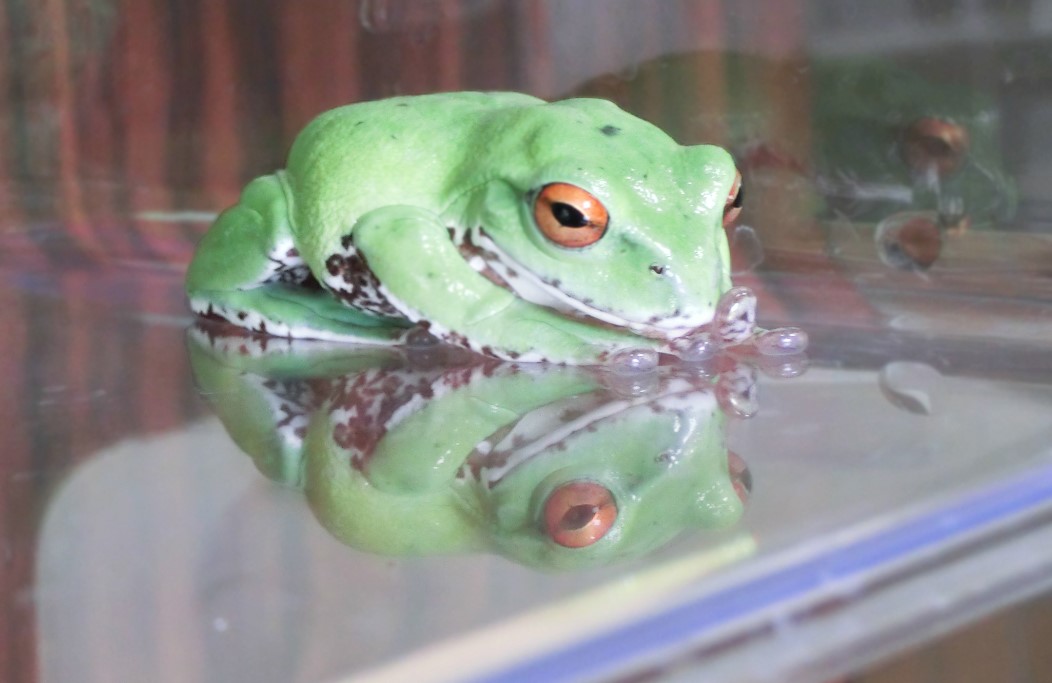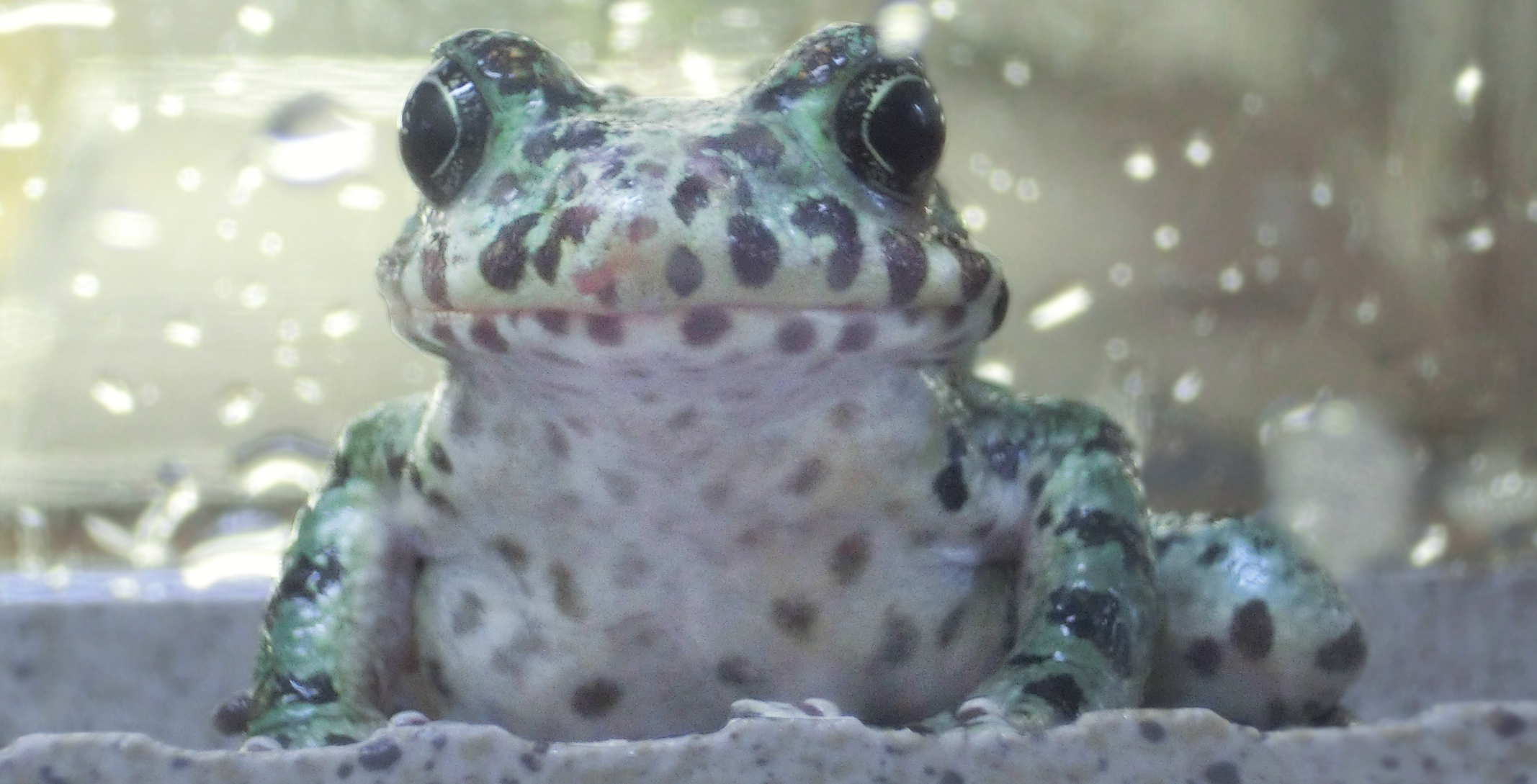Take a behind-the-scenes look at some of the research facilities at Hiroshima University and see where the science happens!
What area of science would you classify this facility (physics, biology, chemistry, engineering, maths)?
Biology (developmental biology, regenerative biology, genetics, evolutionary biology, ecology, physiology).

Your facility works with a lot of amphibians, could you define what amphibians are exactly?
Amphibians are a group of tetrapods (animals with 4 limbs) that evolved from their ancestral species of lobe-finned fish more than 360 million years ago. Many amphibian species lay eggs in freshwater, and the larvae live in the water using gills to breathe. After the metamorphosis, adults live in wetlands using lungs and skins for respiration. Amphibian species that are around today are classified into three groups: anurans (frog and toads), urodeles (salamanders) and caecilians.
What research does this facility do using amphibians?
For Developmental Biology, Regenerative Biology, Genetics And Evolutionary Biology, we often use pipid frogs (Xenopus Tropicalis, Xenopus Laevis, And Xenopus Borealis ) as the model amphibian species. This is because we can easily examine gene functions in these species using their genome sequence information and cutting-edge gene manipulation techniques including transgenesis and genome editing.
Using the Xenopus species, we have recently revealed how gene evolution occurs following a whole-genome duplication event during evolution (Nature, 538: 336-343, 2016). In addition to Xenopus, we have recently established the Iberian ribbed newt (Pleurodeles waltl) as a new model experimental system for molecular genetics ( DNA Res. 26: 217-229, 2019), and we are studying regeneration mechanisms of organs, such as the heart and testes.
For genetics, evolutionary biology, ecology, and physiology, we also use a variety of wild-caught species. We performed a comparative analysis of sex-chromosomes in 28 non-model frog species and found that the sex chromosomes did turnover 13 times before decaying among the five potential sex chromosomes during the phylogenetic history of 55 million years ( Nature communications, (1): 4088). It tells us that the sex chromosomes in frogs are much tougher and shrewder compared to those of mammals and birds.
What kind of equipment do the researchers use to study amphibians in the lab?
Our facility has a number of recirculating and flow-through aquarium systems to breed and/or maintain approximately 30,000 animals. Microinjection systems for transgenesis and genome editing, high-performance fluorescent microscopes for optical sectioning, and bioinformatics workstation for next-generation sequencer analysis are also equipped. Some of this equipment is available to the public for collaboration.
Any surprising facts / funny stories about the facility or experiments happening here?
Assistant professor Dr. Takeshi Igawa discovered an amazing characteristic of the frog, Buergeria japonica, when he was sitting in natural hot springs and noticed some of their tadpoles. The discovered tadpoles can survive in extreme water temperatures of 46.1 degrees Celcius, the hottest water conditions scientists had ever found amphibians living in. His teams are now investigating genomes of this “Hot-spring frogs” to elucidate genes contributing their thermal tolerance, especially because thermal adaptation is one of the most universal factors for the distribution and evolution of all species.


Does this research center collaborate with any other labs?
The Center has a large domestic and international collaborative network because the center is driving the National BioResource Project (NBRP) of Xenopus tropicalis, under the financial support by the Japan Agency for Medical Research and Development (AMED) and by the Ministry of Education, Culture, Sports, Science and Technology (MEXT).
In this project, we are collecting living resources (wild inbred animals, genetically engineered animals, etc.) and non-living resources (nucleic acid materials such as plasmids, genome sequence information, etc.) of Xenopus tropicalis from academic researchers to preserve them. as the public resources and distribute them to other researchers upon request.Technical training courses and academic symposia are held annually, to teach low-cost breeding techniques, transgenesis, genome editing and bioinformatics methods, for the promotion of leading-edge research using Xenopus tropicalis .

How can the public see the research being done here?
Approximately 700 people visit the center in a year, and kids and parents enjoy watching frogs swimming, climbing aquarium walls, and catching crickets to eat. Kids can also enjoy scooping up swimming tadpoles from a large water tank.
Learn more about the ARC here.

Originally written by Emma Buchet (Hiroshima University Science Communication Fellow).
Originally published in March 2020.

 Home
Home